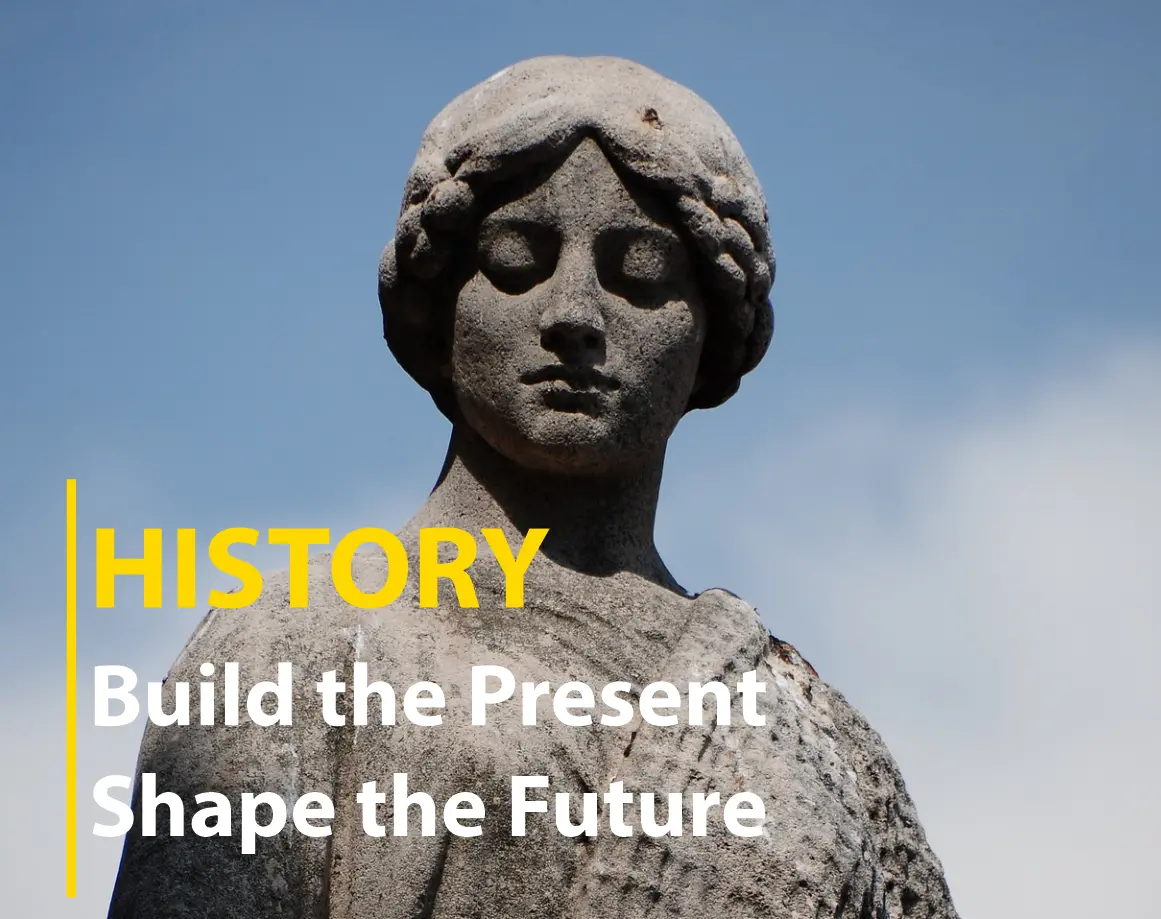The Palette of King Narmer stands as a supreme example of Pre-Dynastic Egyptian art, merging artistic traditions with Pharaoh Narmer’s grand vision. The unification of Upper and Lower Egypt was significantly propelled by the powerful visual propaganda represented on this palette.
The most important artistic conventions found in the Palette of King Narmer include religious iconography, the use of registers, low relief techniques, stylized forms, and the cultural significance of makeup and makeup palettes in ancient Egyptian society.
Ma’at: Balance, Harmony, and Narmer’s Unification

The Palette of King Narmer was discovered at Hierakonpolis, within the Temple of Horus, a significant religious and political center in Pre-Dynastic Egypt. Found in a tomb belonging to the Pre-Dynastic Kings who ruled between 5000 and 6000 BCE, these palettes often depicted themes of battles and victories, relevant both before and after Egypt’s unification under King Menes, Narmer’s successor.
The Palette of Narmer, notable for its unusually large size as a makeup palette, holds a place of great importance due to its role in propagating the unification of Upper and Lower Egypt. For King Narmer and the pharaohs who followed, art was a crucial tool in spreading political and religious messages, thus maintaining the social order known to ancient Egyptians as ma’at. In “The Egypt Story: Its Art, Its Monuments, Its History,” P.H. Newby highlights that while modern viewers appreciate Egyptian art for its beauty, the ancient Egyptians valued art that accurately portrayed their essential beliefs and way of life.
Strong Iconography and Conceptual Utility

Despite their appreciation for beauty, the ancient Egyptians prioritized the conceptual utility of art. They focused on balancing opposites to create harmony, represented by the Red Land (desert) and the Black Land (fertile land). This balance was believed to ensure the Nile River’s annual flood, essential for maintaining crops and life. Similarly, the unification of Upper and Lower Egypt under one king was seen as a harmonious balance.
To maintain ma’at, all Egyptian artworks adhered to strict conventions, avoiding any art that could threaten Egypt’s unity under King Narmer. The Palette of Narmer became the benchmark for art that upheld ma’at and established law.

Egyptian art is rich with powerful iconography, vividly portraying the religious beliefs of each period. The Palette of Narmer is a prime example, featuring low-relief carvings of King Narmer wearing the crown of Upper Egypt on one side and both the white and red crowns of Upper and Lower Egypt on the other, symbolizing his mission to unify the lands.
The dynamic imagery includes depictions of various gods and goddesses revered in both Upper and Lower Egypt. These divine figures helped reinforce Narmer’s ideological messages by invoking a sense of order among Egypt’s citizens. By aligning himself with the gods and depicting them alongside him, Narmer’s political agenda was elevated to a divine command, further solidifying his rule and the unification of Egypt.
More Affairs:
Divine Support and the Power of Composition

At the top of the Palette of King Narmer, the heads of the goddess Hathor appear on either side. Hathor, a sky goddess and a powerful mother figure, is depicted alongside Narmer’s wife and four attendants holding the emblems of Horus. On the opposite side, the god Horus stands beside King Narmer. Horus, much like Hathor, was a sky god and protector of Pharaohs in ancient Egypt. This visual support from the gods reinforces Narmer’s authority and divine right to rule.
Additionally, the palette features both real and composite mythological animals, including fierce lion and panther hybrids with intertwining necks that form the paint deposit indent. These creatures evoke fear yet frame the central aspect of the makeup palette, symbolizing that harmony and order (ma’at) will prevail if the people remain unified under Narmer’s rule.

The use of registers in the Palette of King Narmer is significant for its narrative and ideological purposes. In “The Origins of Register Composition in Predynastic Egyptian Art” published in the Journal of the American Oriental Society, Whitney M. Davis explains that the register system emerged from specific artistic techniques during the Pre-Dynastic period. Registers allowed for the spatial, temporal, and contextual delineation of imagery, facilitating the progression of narrative and depiction of reality.
On the Palette of Narmer, registers serve to separate and highlight important imagery, conveying multiple messages within one piece. This method enhances the palette’s effectiveness as political propaganda by organizing the scenes in a clear, impactful manner.
The Aesthetic and Symbolic Value of Low Relief

While the primary focus of ancient Egyptian art was not on aesthetic beauty, it still played a role. In “The Art of the Predynastic Period” published in The Journal of Egyptian Archaeology, Eric T. Peet discusses the low relief technique used in Pre-Dynastic art. Despite its anatomical inaccuracies, this style created an important aesthetic appeal, capturing the viewer’s attention and providing a sense of grace and charm.
Adriana Rossi, in “The Origin of Technical Drawing in the Narmer Palette” published in the Nexus Network Journal, highlights a specific detail of the palette’s low relief. She points out an aerial view of a fortified structure depicted on the lowest register beneath Pharaoh Narmer’s feet, along with foreign invaders fleeing. Rossi argues that this detail represents the fortifications used as a defense system against unconquered neighboring populations. This small yet significant detail carries a powerful message, aimed at intimidating neighboring peoples and maintaining Narmer’s ma’at.
Conclusion
The Palette of King Narmer is a masterful blend of artistic conventions, divine iconography, and political propaganda. By incorporating powerful imagery of gods, mythological creatures, and strategic use of registers, Narmer’s palette not only celebrates his unification of Upper and Lower Egypt but also serves as a lasting tool to maintain order and harmony. The aesthetic and symbolic elements of low relief further enhance its impact, making it a pinnacle of Pre-Dynastic Egyptian art.








































